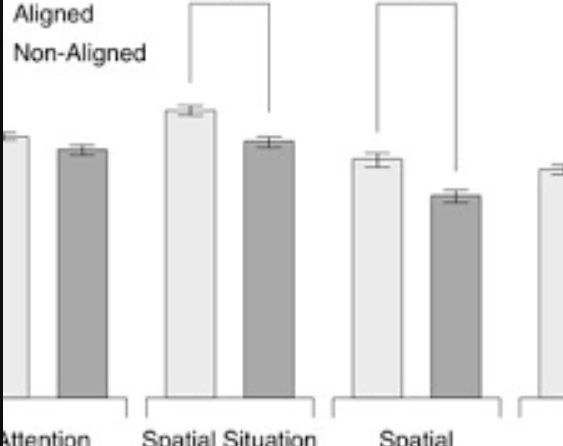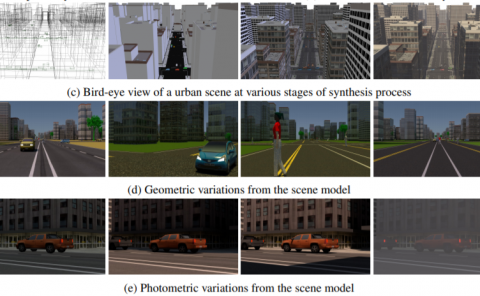The Effect of Haptic Prediction Accuracy on Presence
PubDate: August 2018
Teams: Julius-Maximilians-UniversiHit Würzburg
Writers: Dominik Gall; Marc Erich Latoschik
PDF: The Effect of Haptic Prediction Accuracy on Presence

Abstract
This paper reports on the effect of visually-anchored prediction accuracy of haptic information on the perceived presence of virtual environments. We designed an experiment which explicitly prevented confounding factors potentially introduced by virtual body ownership and/or agency. The experimental design consisted of two main conditions defining congruent vs incongruent visual and haptic cues. Presence was measured during as well as after exposure. A distance estimation task solely based on motor action and the visually-anchored spatial model of the environment was executed to control for perceptual binding. 56 healthy volunteers were randomly assigned to one of two groups in a single-blind mixed-group design study. The study revealed increased presence for high prediction accuracy and decreased presence for low prediction accuracy, while perceptual binding still occurred. The observed effect sizes were in the medium range. The results indicate a significant correlation between prediction accuracy of haptic information and the perceived realness and presence of a virtual environment which gives rise to a discussion about models for dissociative symptom derealisation.

